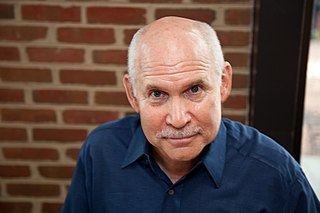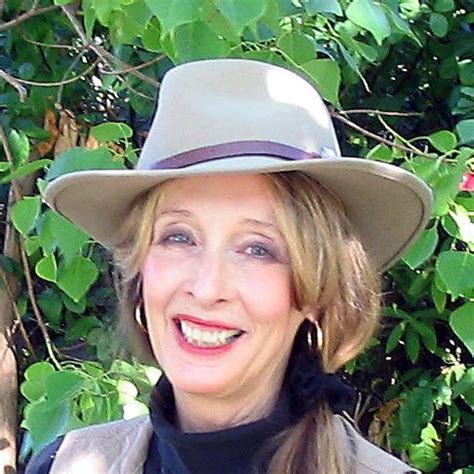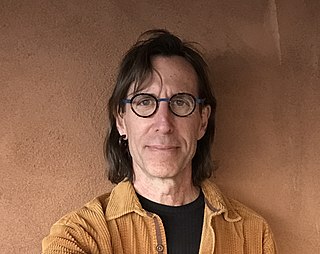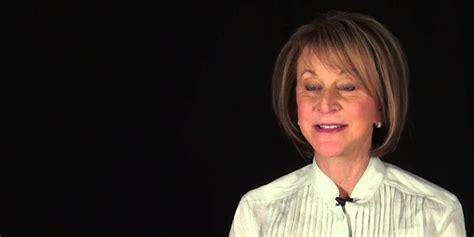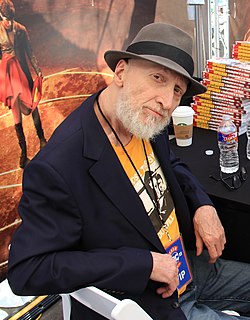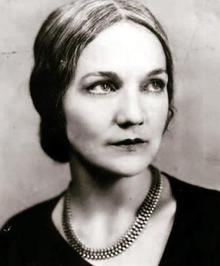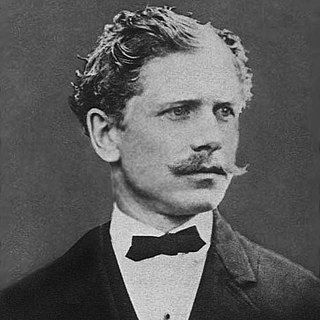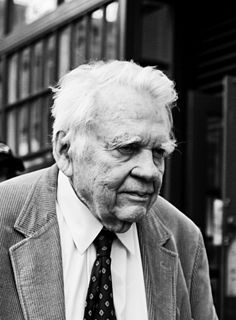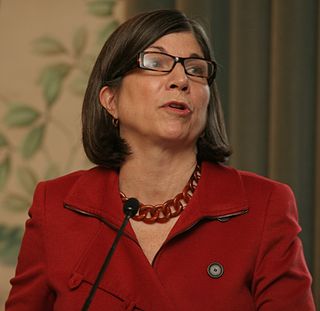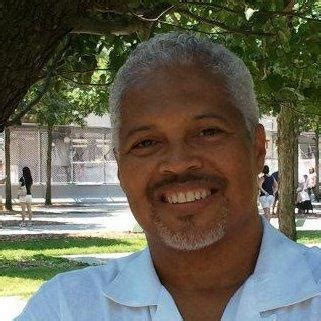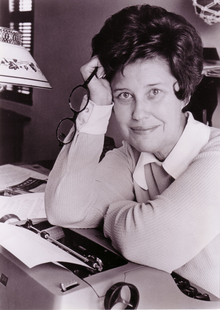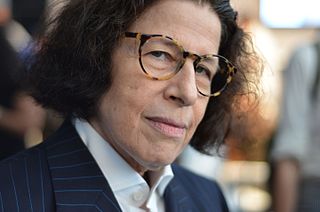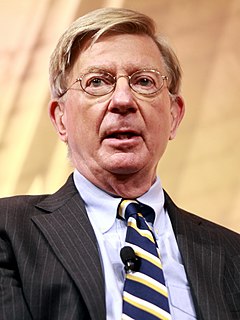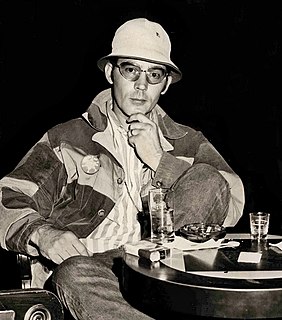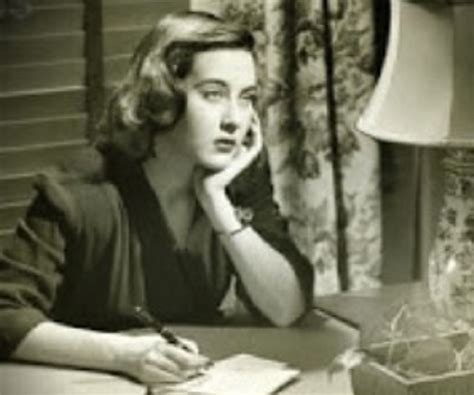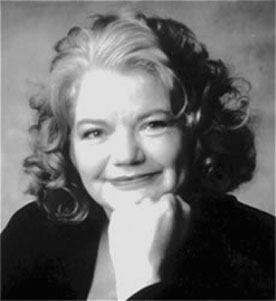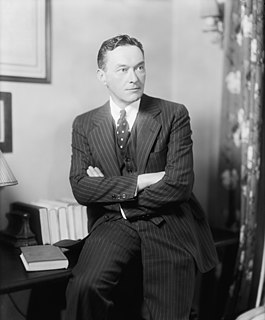A Quote by Steve McCurry
What matters most is that each picture stands on its own with its own place and feeling.
Related Quotes
Each place its own mind, its own psyche! Oak, Madrone, Douglas fir, red-tailed hawk, serpentine in the sandstone, a certain scale to the topography, drenching rains in the winters, fog off-shore in the summers, salmon surging up the streams - all these together make up a particular state of mind, a place-specific intelligence shared by all the humans that dwell therein, but also by the coyotes yapping in those valleys, by the bobcats and the ferns and the spiders, by all beings who live and make their way in that zone. Each place its own psyche. Each sky its own blue.
When buyers see the pride of ownership - when they come in, and they're impressed by how clean the place is - they can picture their kids playing on the floor. They can picture the family sitting around the table. When they can picture their own family in that space, instantly you grab them, and they'll pay more money, too.
DESTINY is a feeling you have that you know something about yourself nobody else does. The picture you have in your own mind of what you're about WILL COME TRUE. It's a kind of a thing you kind of have to keep to your own self, because it's a fragile feeling, and you put it out there, then someone will kill it. It's best to keep that all inside.
The capacity to see the big picture is perhaps the most important as an antidote to the variety of psychic woes brought forth by the remarkable prosperity and plentitude of our times. Many of us are crunched for time, deluged by information, and paralyzed by the weight of too many choices. The best prescription for these modern maladies may be to approach one's own life in a contextual, big picture fashion - to distinguish between what really matters and what merely annoys.
